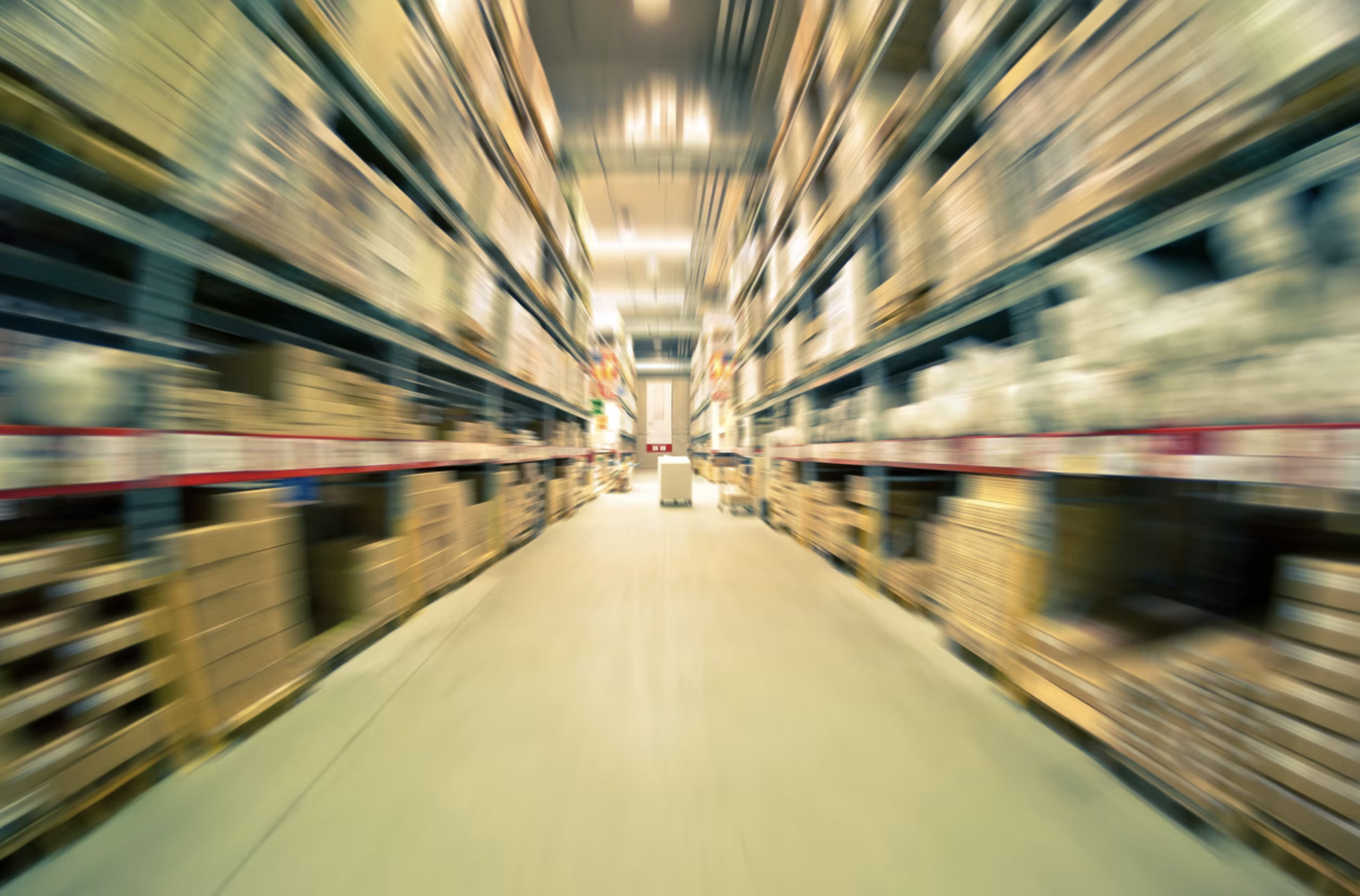AUTOSCHEDULER.AI FEATURED IN SUPPLY & DEMAND CHAIN EXECUTIVE - Bad News – Is There a Black Hole In Your Supply Chain?
To understand why shipments are late leaving distribution centers, you need visibility into every inch of the operation.
By Keith Moore - Posted June 6, 2022
"Was it another storm in the Midwest? Did the driver take a different route?" might be some questions you ask when yet another shipment isn't at a Walmart DC in time for its appointment. Chances are, it's neither of these things. If it's not weather or the GPS leading them astray, what keeps these trailers from showing up on time? Companies are investing huge amounts in state-of-the-art planning solutions, visibility platforms, and transportation management solutions (TMS), but shipments are still late for some reason. Companies are also paying remarkable amounts as freight rates skyrocket to ensure they meet demand, but somehow there is still a gap.
As it turns out, 90% of trailers are late to customer sites because they didn't leave their departure distribution center on time. The issue is significantly less often associated with weather or road conditions than with a warehousing problem. Unfortunately, understanding why a shipment was late leaving the distribution center is where matters get more complex.
To understand why shipments are late leaving distribution centers, you need visibility into every inch of the operation. It's not enough to know that the shipment had an appointment time of 10:35. You need to know all the other factors that might influence the departure time. You need to know what is in the yard, the facility's workload (both inbounds and outbounds), what inventory is available, where it is, your labor execution rate, and if there are any productivity risks at the site causing issues.
Unfortunately, you can't get that information from your planning software, real-time transportation visibility platform, or TMS. You might have decided to invest in Yard Management, but that still doesn't tell you why a trailer was late – just that it didn't leave a door when it was supposed to. There's a gap in your data. Your distribution centers, which have always been the "little engines that could" possibly be run by your 3PL partners, are a data black hole. Now, you need that data to make ends meet with all of the other disruptions. You need real-time network visibility, down to which case is in which rack at every warehouse.


